Minecraft villager jobs, trades, and breeding explained
A look at Minecraft villager jobs, all their best trades, and a handy breakdown of breeding.
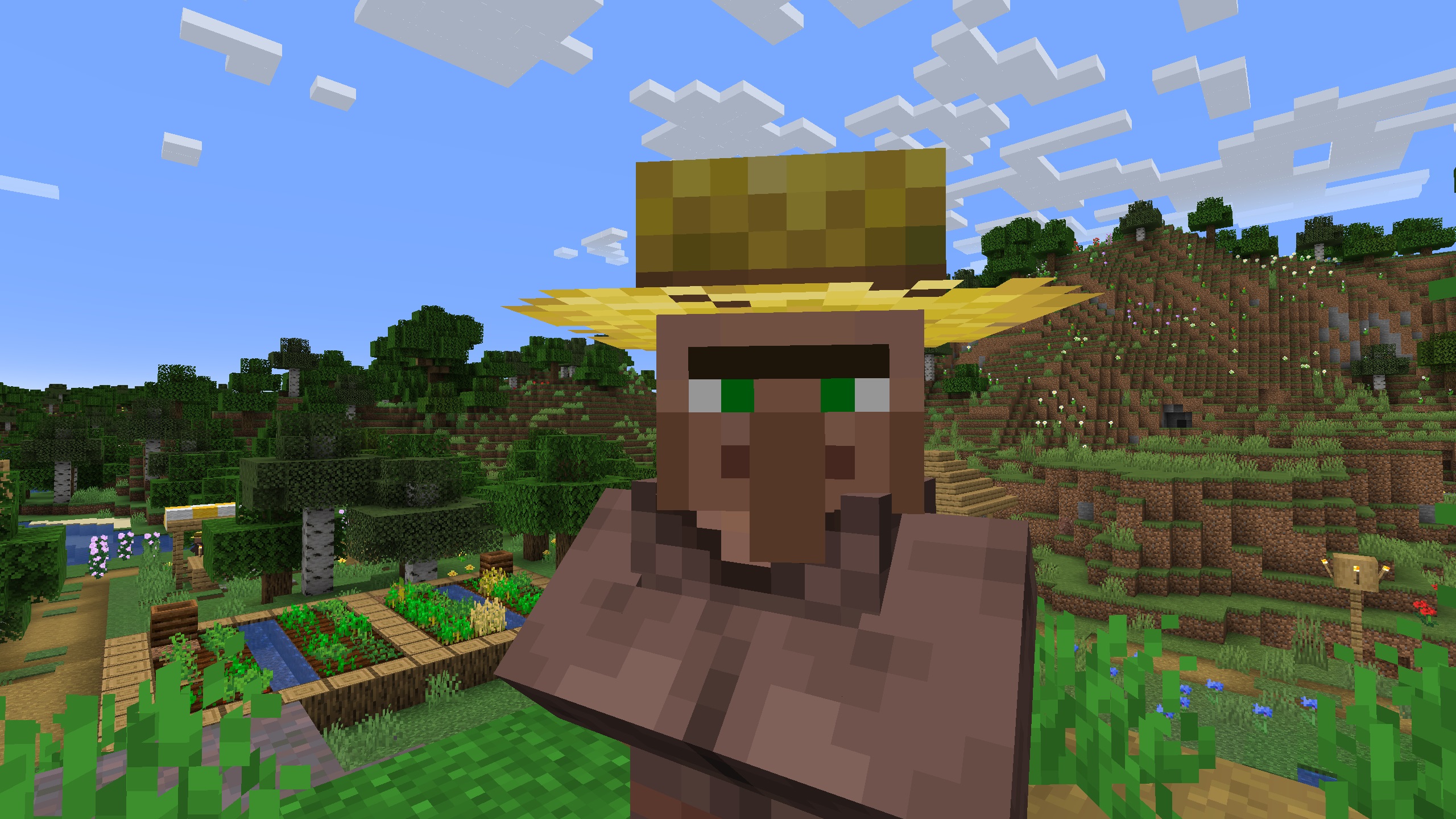
Getting friendly with Minecraft villagers is a great way to grab new gear and resources. Unlike their ancestors, modern Minecraft villager jobs are way more involved than just wandering around muttering at one another.
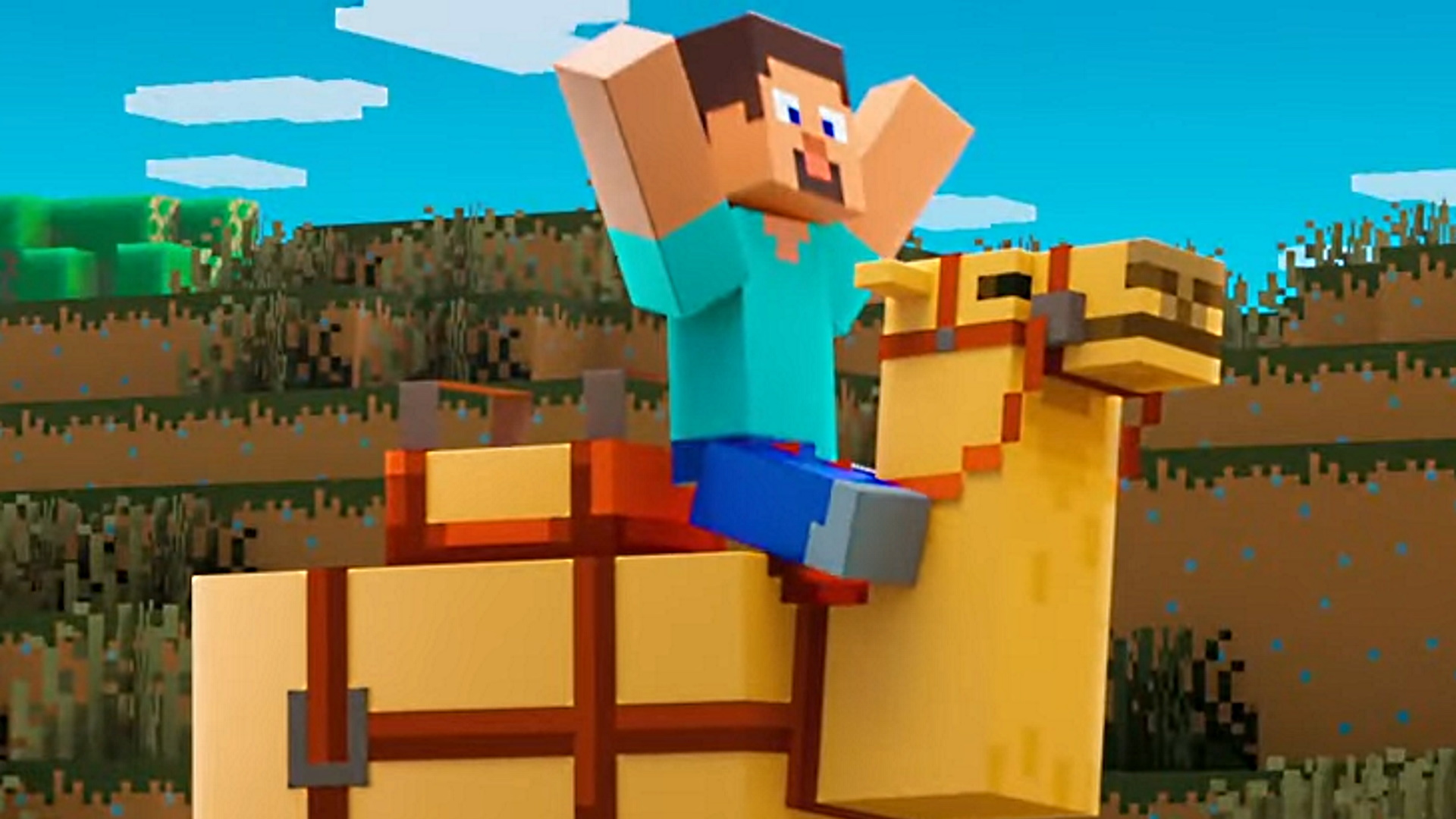
Minecraft update: What's new?
Minecraft skins: New looks
Minecraft mods: Beyond vanilla
Minecraft shaders: Spotlight
Minecraft seeds: Fresh new worlds
Minecraft texture packs: Pixelated
Minecraft servers: Online worlds
Minecraft commands: All cheats
Minecraft build ideas: What to build next
There are now a lot of things to know about your emerald-loving neighbors: villager jobs, villager trades, and even villager breeding if you want more workers to barter with.
Villagers are neutral nobs, meaning they won't attack you, but you won't want to ignore them during your adventures. Like animal mobs, they have some really handy uses. Spending enough time helping out around town and learning to trade with the locals can increase your popularity and eventually net you some pretty slick deals for the emeralds you've been digging up. Here's everything you need to know to become a Star Trader and even Hero of the Village.
All Minecraft villager jobs
How many Minecraft villager jobs are there?
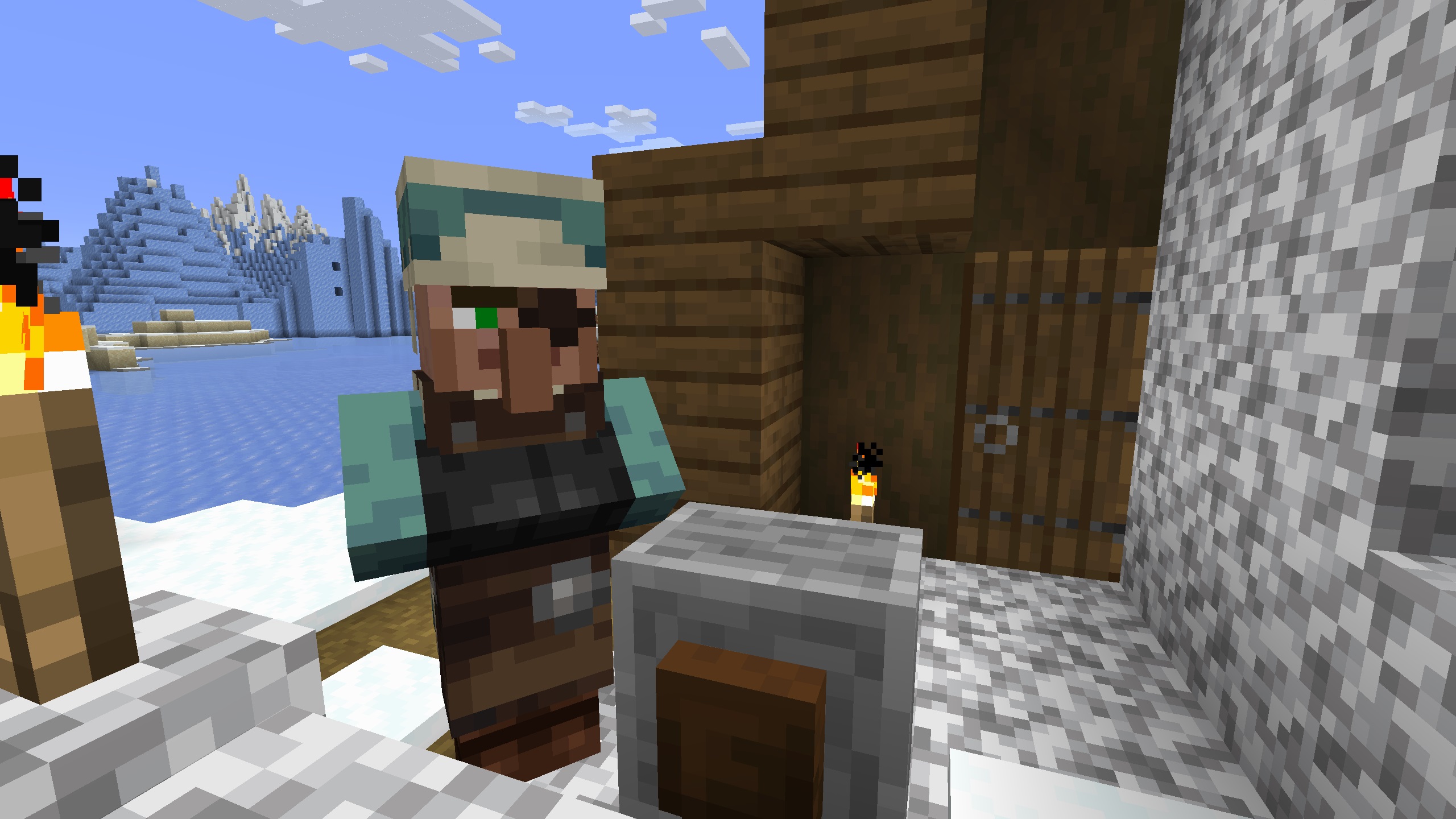
Minecraft's villages are bustling places, and almost every villager has a job to do. You'll recognize many of them by their clothes and activities: farmers, armorers, librarians, and more. Which villager jobs exist in town will depend on which buildings were generated for that village. Different types of buildings like libraries or temples will have a job block that a villager claims as their job site, but every Minecraft villager job block won't be in every village.
There are also two types of villagers who do not have jobs and cannot trade with you. The "nitwit" villager wears green and shakes their head when clicked on. An unemployed villager also cannot trade, but can change to a tradeable job if there is any unclaimed job block for them nearby.
When visiting a new village, most villagers should already have professions assigned. If you choose to breed more villagers (more on that below) you'll be able to influence which job they take by adding new job blocks nearby.
Each profession has a different set of items to trade for. The trades and job blocks for each profession are:
The biggest gaming news, reviews and hardware deals
Keep up to date with the most important stories and the best deals, as picked by the PC Gamer team.
Minecraft villager job blocks and trades
| Villager Job | Job Block | Trades |
|---|---|---|
| Armorer | Blast Furnace | Chain, iron, enchanted diamond armor |
| Butcher | Smoker | Meats, berries, stew |
| Cartographer | Cartography Table | Banners, compass, banner patterns, maps |
| Cleric | Brewing Stand | Ender pearls, redstone dust, glowstone dust, potion ingredients |
| Farmer | Composter | Crops and foods |
| Fisherman | Barrel | Campfires and fishing items |
| Fletcher | Fletching Table | Bows, crossbows, arrows |
| Leatherworker | Cauldron | Turtle scutes, rabbit hides, leather items |
| Librarian | Lectern | Enchanted books, clocks, compass, name tags, glass, ink sacs, lanterns, book and quill |
| Mason | Stonecutter | Polished stone, terracotta, clay, quartz |
| Shepherd | Loom | Shears, wool, dyes, paintings, beds |
| Toolsmith | Smithing Table | Minerals, bells, tools |
| Weaponsmith | Grindstone | Minerals, bells, enchanted weapons |
If you’re willing to spend some time developing a village, this makes acquiring certain materials much easier than searching for them in the world. The quality of a villager's trades improves as they gain experience by trading with you. So invest in those early trades to unlock even better items.
Villagers with jobs will also wear a badge indicating their level, with the most experienced villagers offering the best trades:
- Novice: Stone
- Apprentice: Iron
- Journeyman: Gold
- Expert: Emerald
- Master: Diamond
Best Minecraft villager trades
When you’re trading your hard-earned emeralds, you’ll want the absolute best deal you can squeak out from your capitalist friends in the local village. Since villagers are pretty much pacifists, they’ll let you micromanage them and their professions without complaint—so feel free to maximize the deals.
| Profession | Give | Receive | Trade details |
|---|---|---|---|
| Fletcher | Sticks | Emeralds | Simple, accessible, and renewable, this is one of the best ways to pile up emeralds, even early on. |
| Cleric | Emeralds | Bottle of Enchanting | A renewable source of XP on the go, perfect for repairing your Elytra or other gear with the Mending enchantment. |
| Librarian | Emerald and Book | Enchanted Book | Access to important enchantments like Mending whenever you (or a friend) need them is amazing. |
| Armorer | Emeralds | Enchanted diamond armor | Being able to simply replace your armor or equip other people is a huge benefit, with no need to mine diamonds at all. |
| Mason | Stone | Emeralds | The best way to get emeralds later on in the game. Smelt your chests full of cobblestone back into stone and put them to use with this trade. |
How do I reset a villager's trades?
You can only reroll the trades of a novice member of a profession, but thankfully, this is as easy as taking away their profession block. By breaking the profession block—the Cartography Table for a Cartographer, for example—and then waiting a moment and placing it down again, the villager will cycle to being unemployed, then become the same profession again. This process will re-generate their trades on offer.
However, once you’ve traded with a villager, they’re locked to that profession and trades and can no longer be reset, even if you destroy their profession block and replace it.
How do I keep villager trade prices low?
While there’s not exactly a Black Friday for villagers, there are a few surefire ways to make them lower their prices. The first is to defeat an Illager raid, which will earn you the temporary "Hero of the Village" buff and a corresponding temporary discount with all members of that village. The second, and far more useful, is more than a bit nefarious when you think about it. But since we’re here in the name of Minecraft capitalism, there’s no reason to hold back. If you want a permanent discount from a villager, you can allow them be turned into a zombie villager—perhaps by luring a zombie in yourself—and then cure them with the use of a splash potion of weakness and a golden apple.
Each time you cure a villager this way, they’ll give you a permanent discount on everything they offer for trade. Even better (or worse, if you’re the poor villager), this can be repeated up to five times, for stacking permanent discounts. Often this can even reduce the emerald cost (or stack size) to 1:1 on most trades, for the low cost of your Minecraft soul.
When do Minecraft villager trades restock?
Each item a villager with a profession has up for offer has a set number of trades until it’s disabled temporarily—generally being either 16 trades, 12 trades, or three trades. It’s easiest to think of this as being like they’ve run out of stock (or have enough of what you’re offering for the moment). You can check out how many trades each item gets to refresh your memory on the specifics.
Each villager's supply will restock about every ten minutes, as long as they have access to their job block—the Blast Furnace for an Armorer, Composter for the Farmer, etc—which means you can generally trade twice a day.
Minecraft villager breeding
How to breed your Minecraft villagers
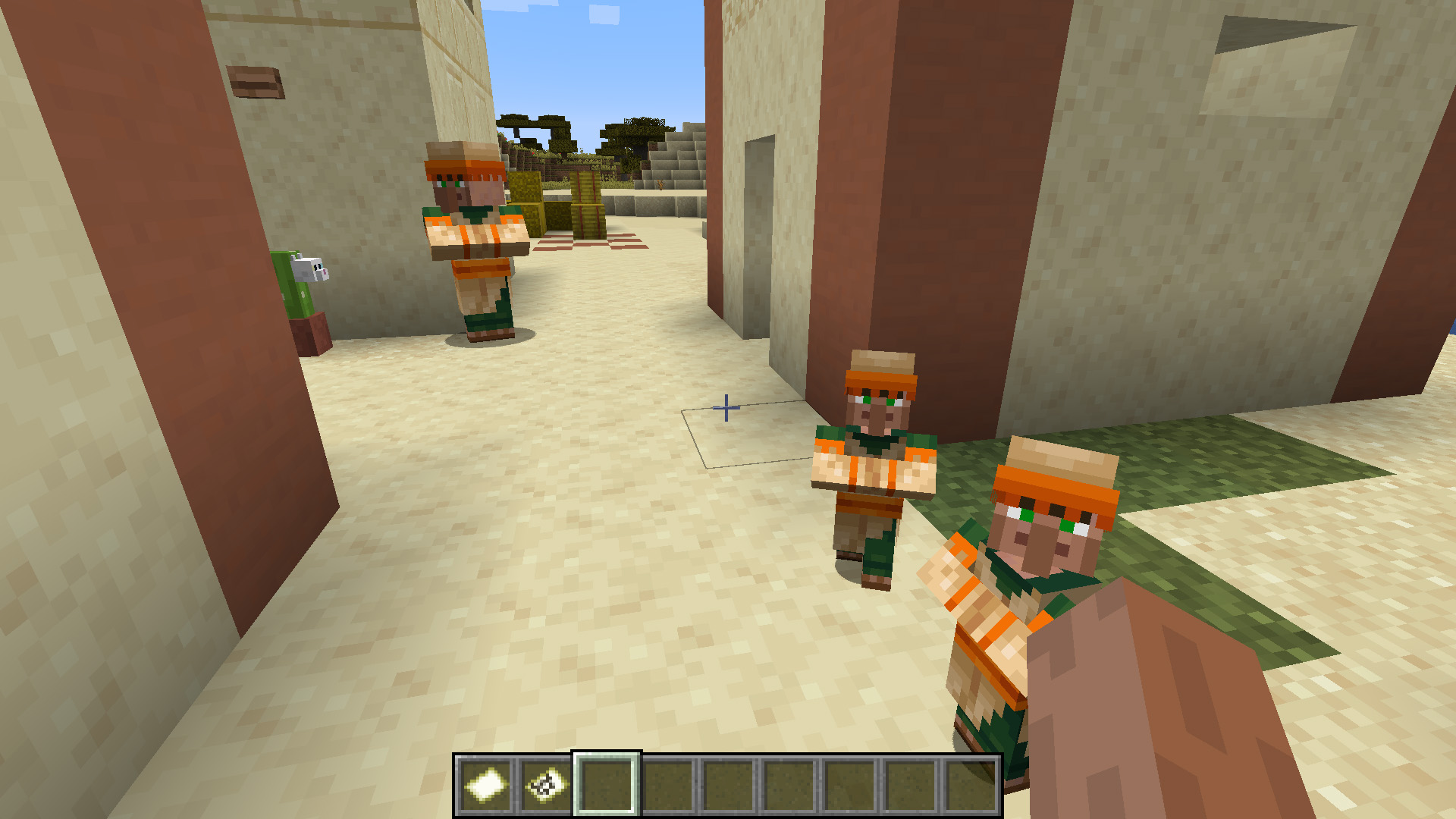
If you want access to even more villagers with different jobs, it stands to reason that you'll need to grow the population. While it may seem a bit odd for you to get involved in your villagers' procreation, you can indeed breed them as you do with animal mobs. Unlike animal breeding, you'll need spare beds in addition to food gifts.
Villagers will breed on their own, so you don’t necessarily have to play cupid. But if you want to speed up the process, you start by making sure they have enough food, as a full stomach puts a Villager in the mood for love. A Villager will be sated by 3 Bread, 12 Carrots, 12 Potatoes, or 12 Beetroots.
You need to do this with two Villagers and ensure they're in close proximity with one another. Finally, you need to provide them with a bed each, as well as a spare bed for the incoming baby.
The baby will grow up 20 minutes after being born, which is not a lot of time to figure out a career. Of course, if you really want to accelerate your villages, you can always opt to create a Minecraft villager breeder, like the one in this Minecraft tutorial.
How do you cure a zombie villager?
One other way to get more villagers is by curing rare zombie villagers. Throw a Weakness splash potion on a zombified villager and then feed them a golden apple to turn them human again.
Even more Minecraft villager details
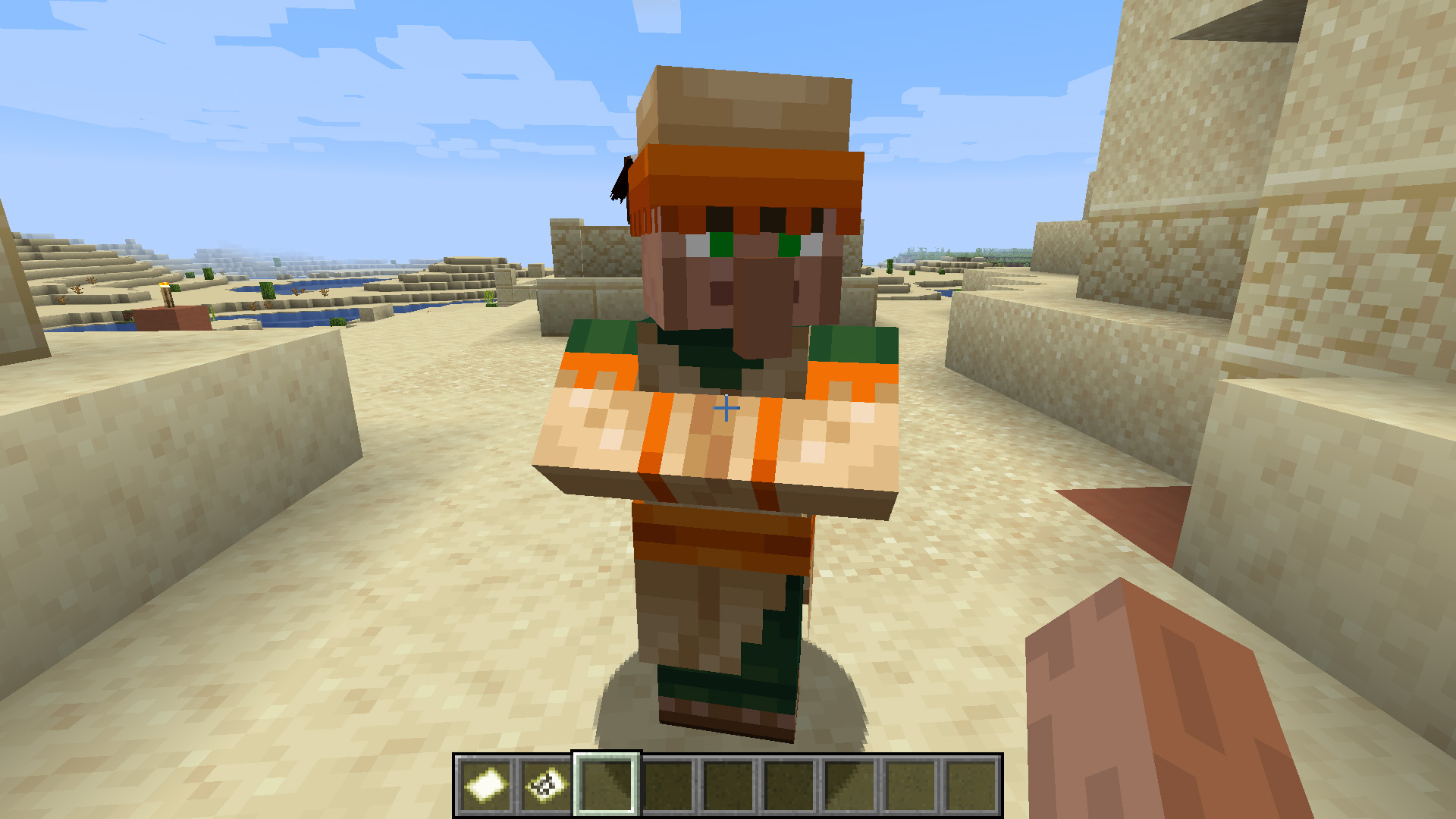
If lightning strikes a Villager, or near one, they’ll become a Witch, making them a dangerous threat to your village.
Occasionally villages will also get raided by Illagers. You can help to defend the village, and if you’re successful, you’ll earn the title ‘Hero of the Village’. This means you’ll get better rates on trades and can even end up with gifts from the humble townsfolk. It pays to be nice.
Last of all, attacking a Villager will sour the entire village against you, resulting in higher demands when attempting to trade. You can offset this by saving them or taking the last item they offer in a trade, but it’s far simpler to just not attack them in the first place.

Sarah is a contributor for PC Gamer, formerly of TechRadar Gaming. With five years of experience writing freelance for several publications, she's covered every genre imaginable and probably a few she made up. She has a passion for diversity and the way different genres can be sandboxes for creativity and emergent storytelling, and loves worldbuilding. With thousands of hours in League of Legends, Overwatch, Minecraft, and countless survival, strategy, roguelike, and RPG entries, she still finds time for offline hobbies like tabletop RPGs, wargaming, miniatures painting, and hockey.
- Lauren MortonAssociate Editor
- Jason Coles

